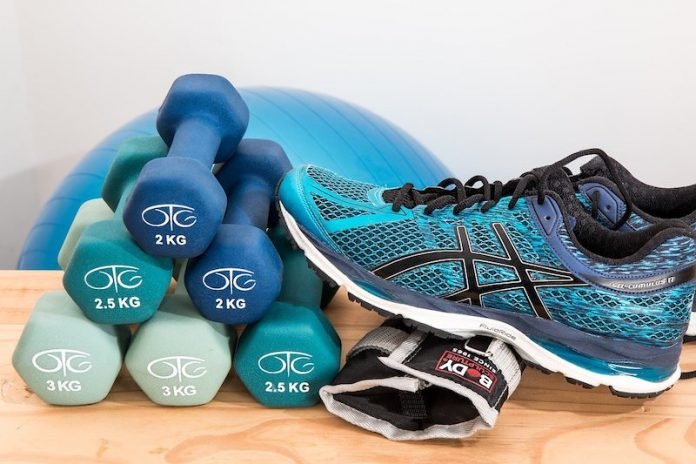
Starting around age 35, we begin to lose muscle mass.
Although regular exercisers lose muscle as they age, inactive people can lose as much as 5% of their muscle every decade.
Loss of muscle mass with aging, called “sarcopenia,” has several causes:
Age-related decreases in the hormones that support healthy muscle, including estrogen, testosterone, and growth hormone.
Decreased activity in the nerves that control muscle contractions, a problem that is worsened by inactivity.
Many elders also experience decreased appetite; this can exacerbate muscle loss.
As we lose muscle, we also lose strength, and strength loss occurs more rapidly than muscle loss. This makes it more difficult to complete the tasks of everyday living, like yard work and housework.
In a study of 90-year old European men, those with the lowest muscle mass and strength were 10 times less likely to live independently in their own homes.
Loss of muscle mass and strength also makes us more vulnerable to falls, injuries, fractures, hospitalization, and mortality.
Conversely, maintaining healthy muscle as we age is associated with prolonged independence and a better quality of life.
There are a few things to do if you want to maintain or re-build your muscle mass. Most importantly, participate in regular physical activity.
Although resistance exercise (such as weightlifting, water aerobics and Pilates) is the best approach, any activity helps, including walking.
Seniors who have limited mobility and want to exercise at home might try the Sit and Be Fit exercise videos from PBS.
Seniors who enjoy group fitness classes may want to check offerings at their local senior center or YMCA.
A healthy diet can also help. Protein is a muscle’s favorite food. As we age, we become less efficient at making muscle from protein.
But we can partially compensate by increasing our protein intake so that it accounts for about 25% of our daily calories. For a small woman who consumes about 1500 calories/day, that would be about 95 grams of protein.
It would be the equivalent of eating two eggs, one cup of cottage cheese, and a 6-ounce chicken breast. Other recommended protein sources include fish, turkey, tofu, nuts, beans, peas, and lentils.
While the anti-diabetic drug metformin was theorized to help seniors improve muscle and strength gains, a recent clinical trial led by UK researchers found that the drug was not beneficial for the non-diabetic study participants.
However, there are supplements available that can contribute to healthy muscle. These include B vitamins, Vitamin D, creatine, and protein supplements that can be added to smoothies.
Alternately, many store-bought protein drinks taste better than they used to, and they are a good choice when you’re too busy to cook.
Written by Grace Walton.



